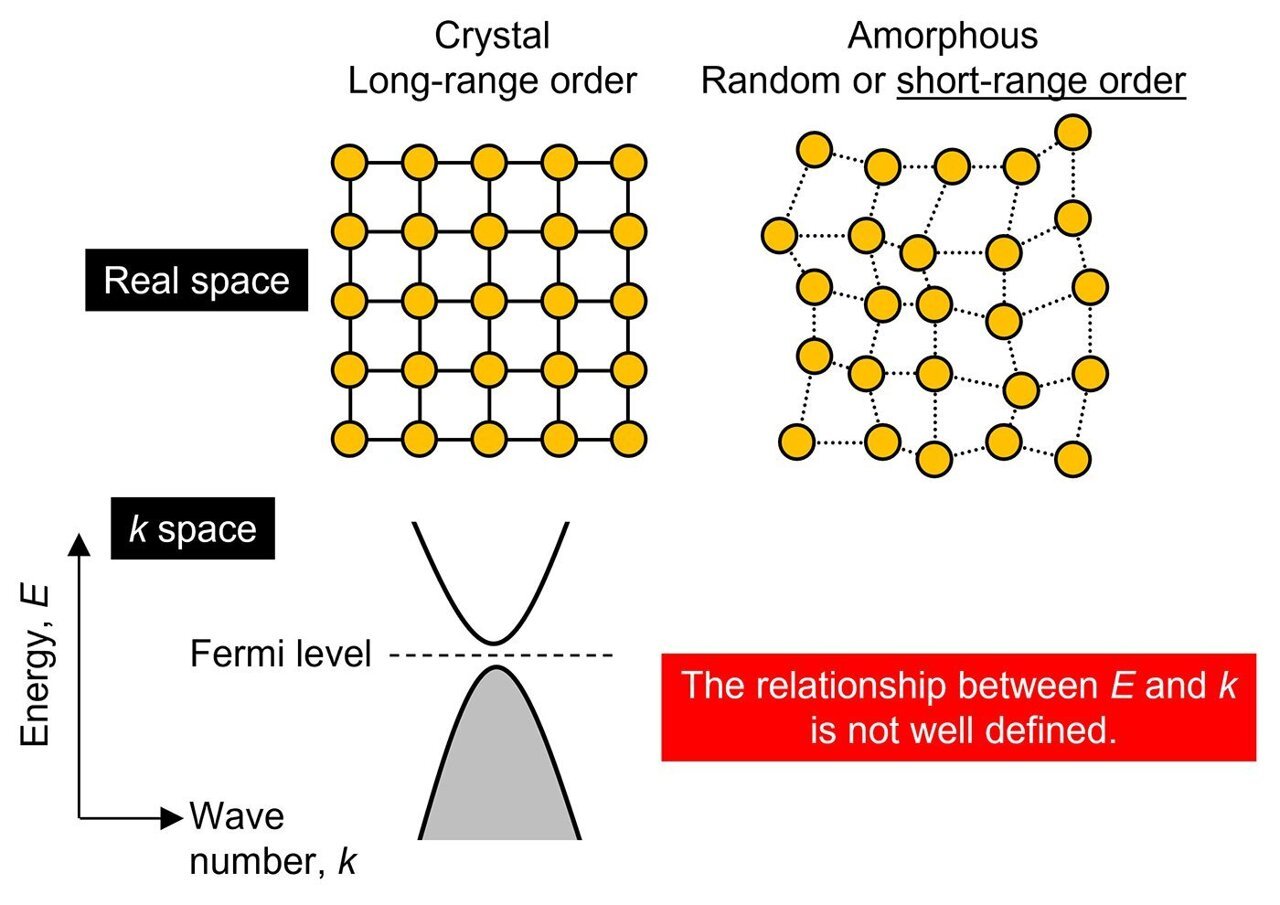In recent years, scientists have been studying a class of materials called topological materials that possess unique electronic properties based on their intricate electronic band structures. Previously, it was believed that only crystalline materials, which have a highly ordered atomic arrangement, could exhibit these properties. Amorphous materials, characterized by a disordered atomic structure, were considered unsuitable. However, a collaborative research group led by Associate Professor Kohei Fujiwara and Professor Atsushi Tsukazaki from Tohoku University, along with other researchers, has challenged this notion.
The team has confirmed that even amorphous materials can exhibit special topological properties. Their findings were recently published in the journal Nature Communications. The researchers conducted experiments and model calculations on iron-tin amorphous thin films and discovered that despite the short-range order of atoms, the amorphous material exhibited effects similar to those observed in crystalline materials, such as the anomalous Hall effect and the Nernst effect.
This breakthrough is significant because amorphous materials are easier and less expensive to produce compared to crystalline materials. The discovery opens up new possibilities for developing devices utilizing these materials, particularly in sensing technology, which plays a crucial role in the development of the Internet of Things (IoT) where numerous interconnected devices communicate with each other.
The research group intends to explore further amorphous materials and leverage their unique properties to develop innovative devices. This discovery has the potential to revolutionize the field and pave the way for the next generation of electronic devices.
Source: Tohoku University
